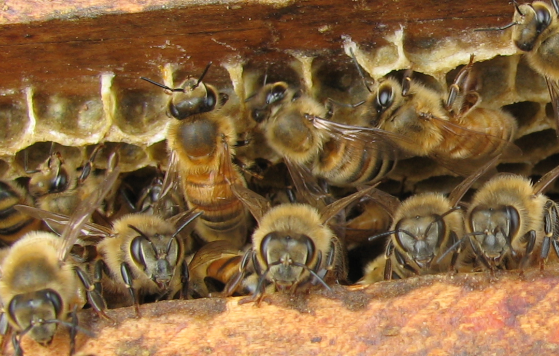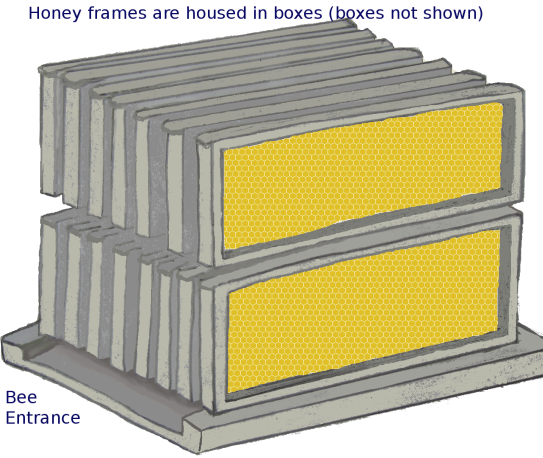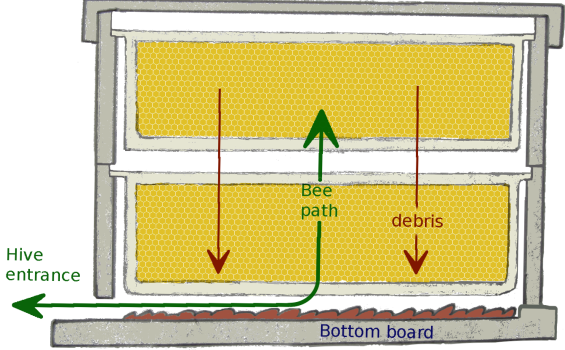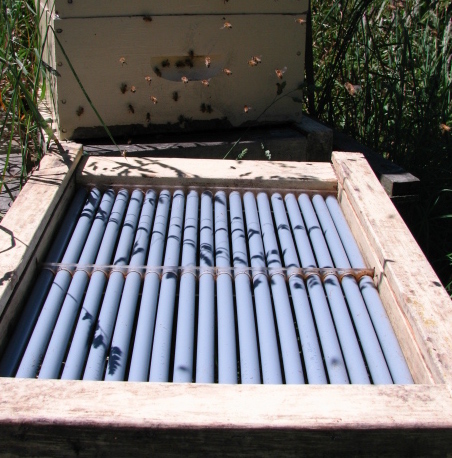Wellington Disputes Tribunal court jesters
If you land in a Disputes Tribunal in Wellington you may be assigned a adjudicator such as Phillipa Ballard.
If you are unlucky, like me, you may end up with an adjudicator who violates your rights by distributing your private legal documentation.
You may also land with an adjudicator who states that it is not the role of the Disputes Tribunal to achieve justice.
You may also land with an adjudicator who allows patently obvious falsehoods into the hearing. You may also land with an adjudicator who claims she does not have time to look at the facts.
You may have an adjudicator who cherry-picks assumptions, facts and prejudices to form their own narrative,
You will then find that narrative in your “Order of Disputes Tribunal”
Good luck if you then request a rehearing based on the fact that you have not had a fair hearing.
Guess who will judge your rehearing application?
My rehearing application was considered by the same adjudicator, Phillipa Ballard.
She then decided that her own hearing was competently done.
Facts are facts, so we could easily prove the adjudication was unfair with access to the records. So I tried to get access to the hearing records so I can prove my case and get a rehearing.
Court records can be requested through an “Application for access to court documents”.
If you do so, Christopher Bell will then tell you that Disputes Tribunal Hearings records are not accessible under Access to Court Documents Rules 2017.
Here is some of the typical responses from Christopher Bell at the Wellington Disputes tribunal:
- I can’t speak to how the recordings may or may not affect your position.
- I can’t speak for the Referee and so can’t give you the reason for the decline.
So it is not possible to get access to evidence from the hearing.
It is possible to make a section 13 complaint about a Judge through the Judicial Conduct Panel Act 2004 (the Act). They will even help you with your submission.
On filing a section 13 complaint I was told the Disputes Tribunal is exempt from this Act.
If you pursue this further you may also get a letter from Jacquelyn Shannon stating that:
- Tribunal referees are independent judicial officers
- The Ministry of Justice is not able to intervene in the way a referee conducts a hearing or help you prepare your submissions.
- there is no right for the parties to obtain a copy of the recording or transcript
So Disputes Tribunal adjudicators have more protection against scrutiny than judges! You need to take your case to District Court, but the Tribunal decides whether you are allowed to take your case to the District Court.
So if a pack of fools gets established in a Disputes Tribunal there is no way to address their competence.
They cannot be scrutinized, as their records are not accessible and nothing will be made transparent.
They also judge their own competence and attempts at independent review are resisted.
So if you want justice – Run, Baby, Run – and avoid the Wellington Disputes Tribunal like the plague.



